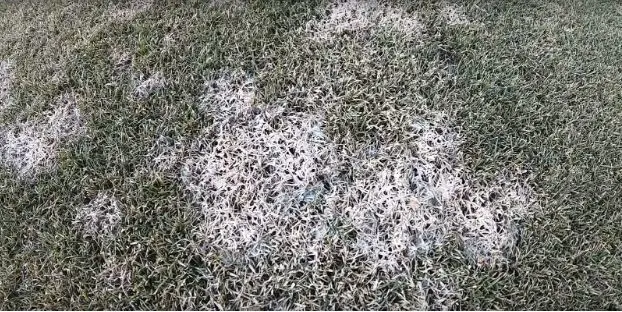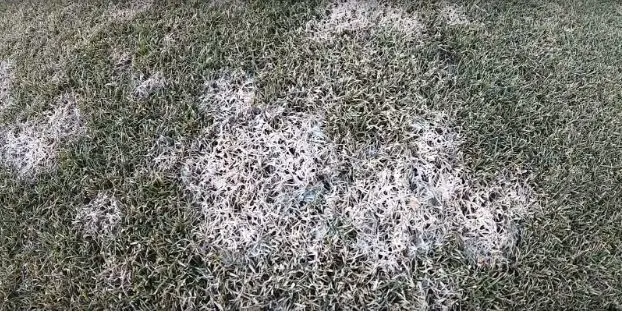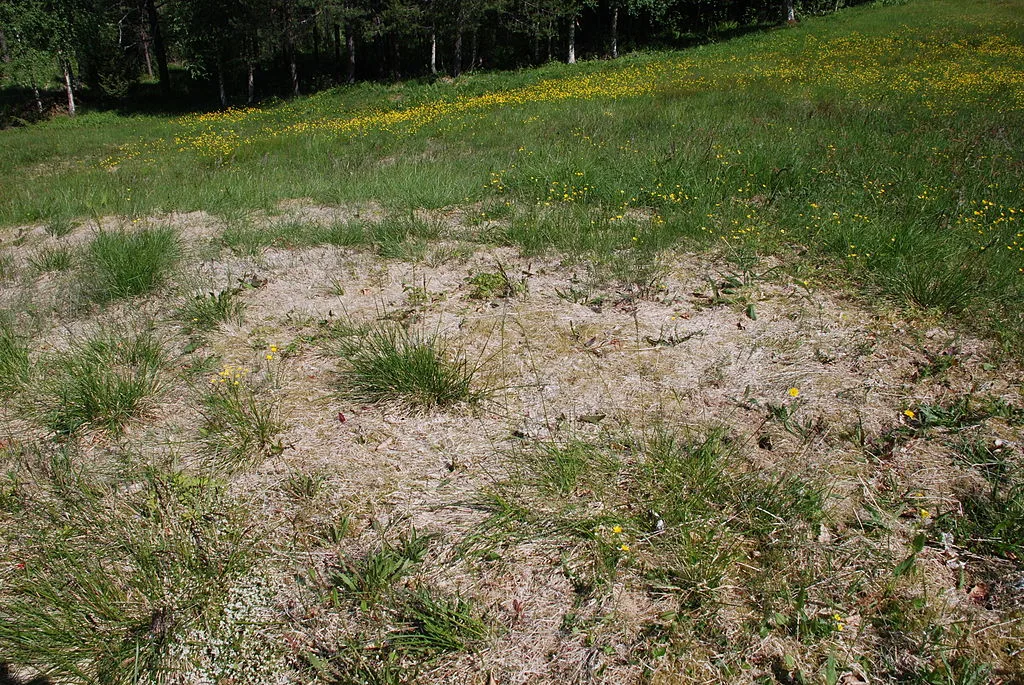
Asthmatic? Your next attack may be brewing under the snow
If you're prone to asthma, the melting snow may have an unwelcome side-effect
Ten to 20 per cent of the population suffer from mould allergies -- and that number is higher within the asthmatic population, at 40 per cent.
“Snow mould” is real and it’s surfacing right now, as temperatures warm and that snowpack melts away.
Snow mould is a type of fungi which grows under snow cover on organic matter such as grass. This mould starts to spread around 0°C and can live under the snow.
Snow mould is most likely to occur when we get heavy snowfall resulting in snow cover when the ground isn’t completely frozen. Or when snow cover remains after the ground thaws such as in areas where snow has been piled up.
Plan for allergy season with The Weather Network's Allergy Outlook updated daily, here
Think white, grey or even pink circles on your lawn, as shown below (special thanks to Connor Ward on Youtube for capturing these images).


WHY IS THIS A PROBLEM?
Asthma Canada states: “Moulds are asthma triggers for many people. A type of fungus, their seeds or spores float in the air where they’re easily inhaled. Inhaling the spores causes allergic reactions in some people and can lead to coughing, sneezing, wheezing and chest tightness.”
The mould is also an issue for anyone who loves keeping a perfect lawn. There are no fungicides that currently treat the mould once it has formed. Instead you have to decrease the moisture in the area, rake out the surface and likely seed for new grass.
SEE ALSO: Sweet-smelling fungus may be a threat to Ontario trees
MOULD AND WEATHER
You can’t bank on freezing temperatures whisking mould away like it does to pollen. Asthma Canada tells us: “most outdoor moulds become inactive during the winter, and start to grow again when the temperature reaches around 0°C. When the snow starts to melt, the mould is exposed and their spores become airborne. The additional humidity from snow melt allows them to grow even faster.”
Signs of spring come in many forms! One of them unfortunately is allergies. Remember The Weather Network keeps you up to date with our pollen and air quality readings.

Image credit: Bevegelsesmengde/Wikimedia Commons.
HOW CAN YOU ALLEVIATE THE SYMPTOMS?
In some cases an antihistamine will alleviate symptoms but it's best to check with a medical professional before taking any medication.
Because the fungal spores travel through the atmosphere, it can be difficult to avoid a snow mold-induced allergy attack -- but avoiding large piles of snow can help.
Removing all lawn debris and keeping grass short prior to a snowfall can help prevent the fungus from developing as well.
Luckily, it won't stick around forever. Warm spring air and drier conditions will eventually kill off the remaining spores.
With additional files from Cheryl Santa Maria. Image courtesy: Connor Ward on Youtube











